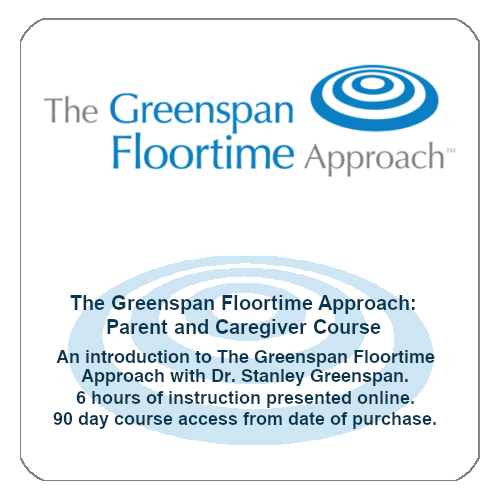Foodtime™: An Evidence-Based Approach for Sensitive and Picky Eaters (1.5 hrs) 30-Day ACCESS
My child only eats a limited variety of foods, how can FOODTIME™ help expand his/her diet?
- FOODTIME™ takes a closer look into the various reasons children have difficulties with eating looking at the sensory, oral motor and emotional components.
- Therapists then create an individualized treatment plan targeting the specific needs of your child that focuses on helping them choose to increase their repertoire of food to make mealtime a more positive experience.
How do I know the right time to begin feeding therapy? Is your child is experiencing any of the following?
- family mealtimes feel like battles
- eats fewer than 20 different foods
- poor weight gain
- traumatic incidents with food such as choking, gagging, and/or vomiting.
FOODTIME™ Goals:
- Increase positive feelings with mealtime routines and with food
- Increase intake and repertoire of food (total number and diversity of foods)
- Improve oral motor skills necessary for eating age-appropriate foods
- Decrease sensory aversions to certain textures and tastes to food
- Decrease behaviors that interfere with eating



